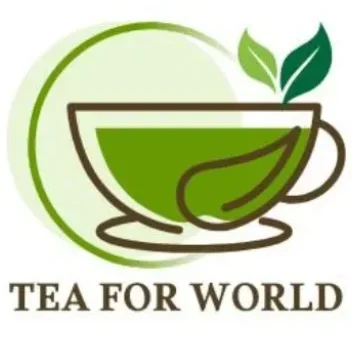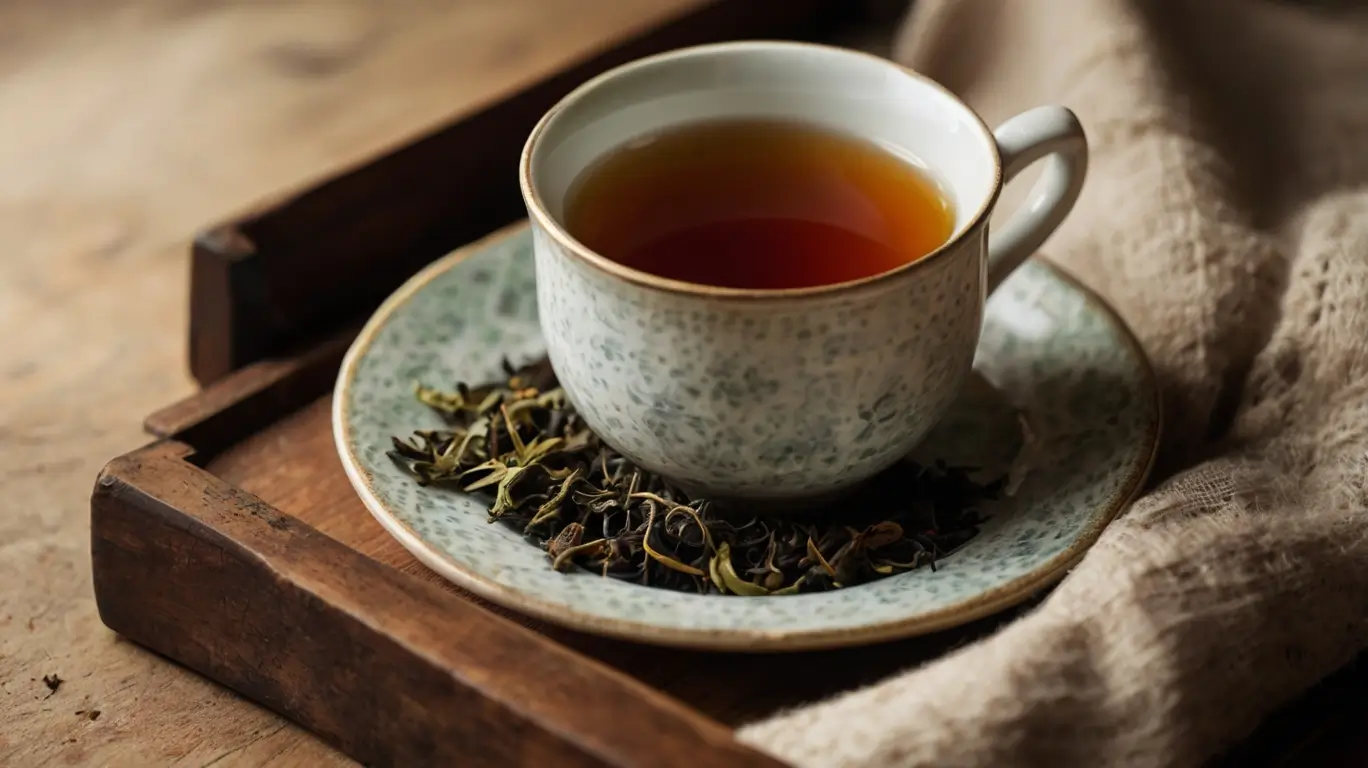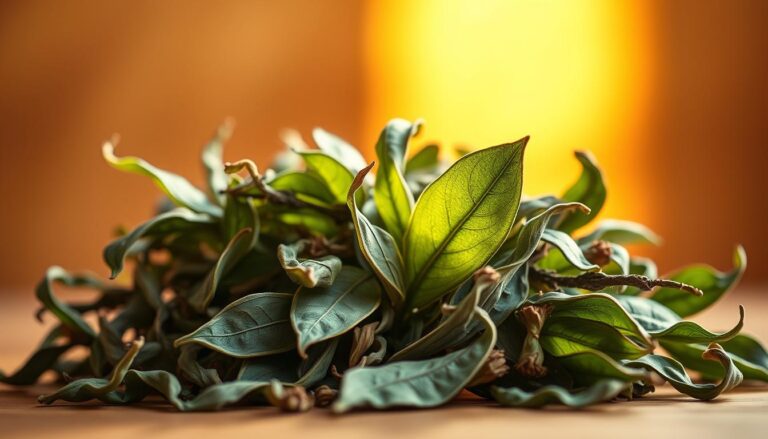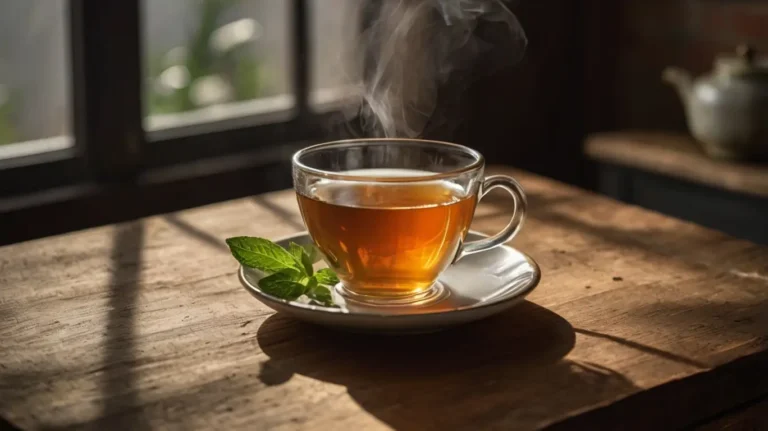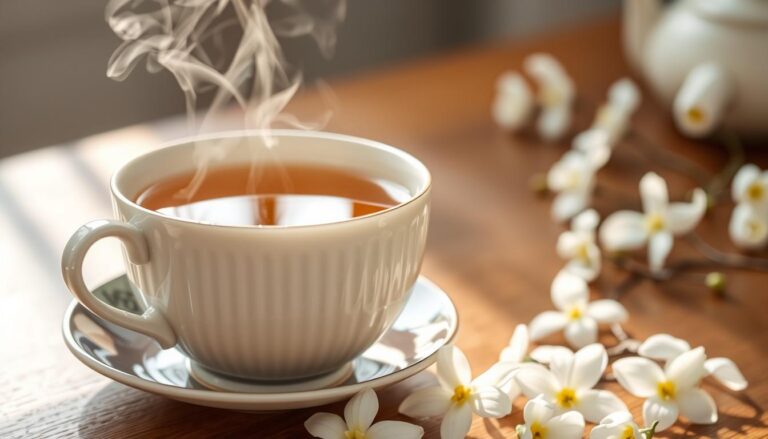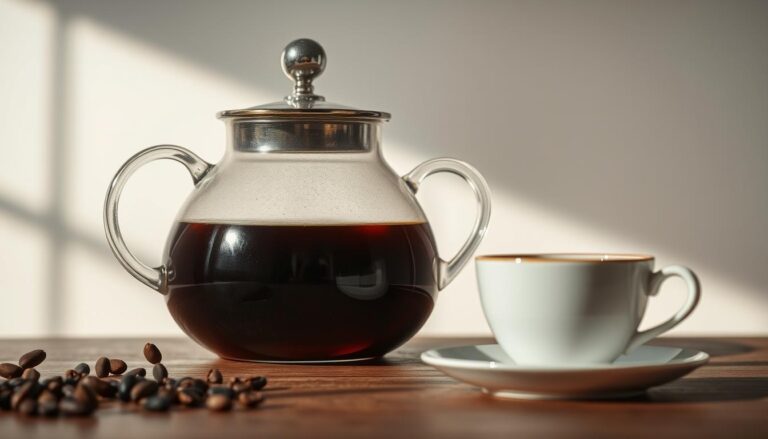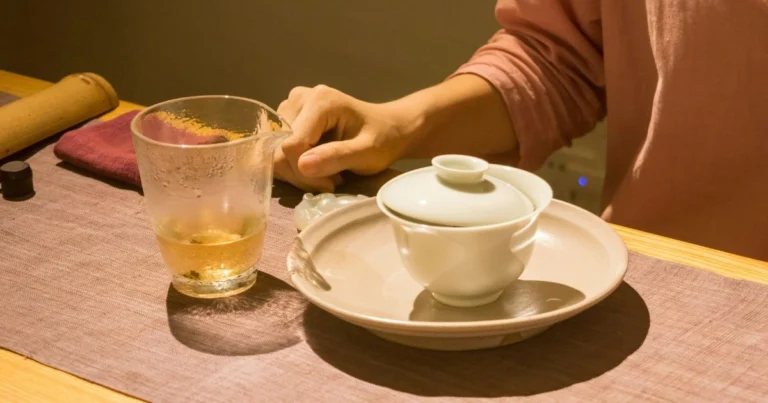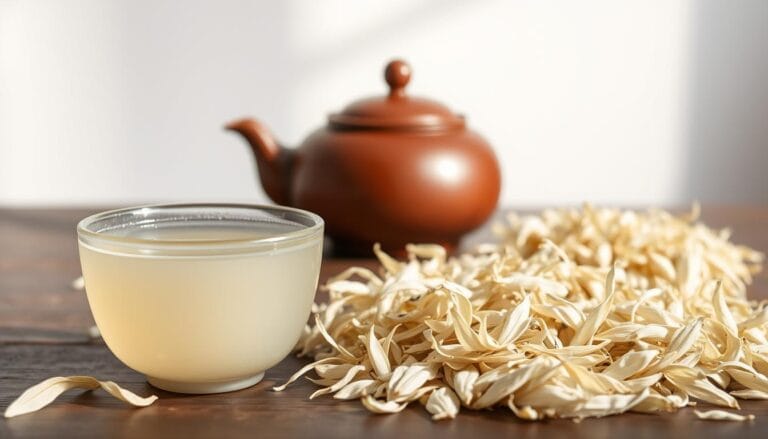Does black tea have more caffeine than coffee
Every morning, millions of people around the world reach for their favorite caffeinated beverage to kickstart their day. Whether you’re a devoted coffee enthusiast or prefer the subtle sophistication of tea, understanding the caffeine content in your daily cup can help you make informed choices about your consumption. The question of Does black tea have more caffeine than coffee isn’t as straightforward as you might think, and the answer depends on numerous factors that can significantly impact your daily caffeine intake.
Table of Contents
Caffeine stands as one of nature’s most fascinating stimulants, naturally occurring in over 60 plant species across the globe. This remarkable compound has woven itself into the fabric of human culture, appearing in everything from the morning cup of joe to afternoon tea ceremonies and evening chocolate treats. What makes caffeine particularly interesting is how its concentration varies dramatically depending on the source, preparation method, and individual characteristics of each beverage.
The global appetite for caffeine is truly staggering. Research indicates that approximately 80% of the world’s population consumes a caffeinated product daily, making it one of the most widely consumed psychoactive substances on Earth. This widespread consumption has prompted health organizations worldwide to establish guidelines for safe intake levels, ensuring that people can enjoy their favorite beverages without compromising their well-being.
Understanding Safe Caffeine Consumption
Before diving into the specifics of tea versus coffee, it’s crucial to understand what constitutes safe caffeine consumption. Both the U.S. Department of Agriculture (USDA) and the European Food Safety Authority (EFSA) have established clear guidelines for caffeine intake. These organizations recommend that healthy adults limit their daily caffeine consumption to no more than 400 milligrams per day, which translates to roughly four 8-ounce cups of regular coffee or eight cups of black tea.
Additionally, these health authorities suggest avoiding single doses exceeding 200 milligrams, which helps prevent acute caffeine-related side effects. For those who prefer to calculate based on body weight, the recommended limit is 1.4 milligrams per pound of body weight, or 3 milligrams per kilogram.
The benefits of moderate caffeine consumption are well-documented and include enhanced alertness, improved athletic performance, elevated mood, and increased metabolism. These positive effects have contributed to caffeine’s popularity across diverse cultures and age groups. However, like many good things in life, moderation is key.
Single doses exceeding 500 milligrams can trigger concerning symptoms including anxiety, restlessness, and difficulty sleeping. A comprehensive 2019 study revealed that even moderate but regular caffeine consumption can lead to chronic headaches and migraine episodes in susceptible individuals. Furthermore, caffeine possesses mildly addictive properties, and some people may find themselves more susceptible to developing dependence than others.
Certain groups require extra caution when it comes to caffeine consumption. Individuals with heart disease, those prone to migraine episodes, and people taking specific medications should carefully monitor and potentially limit their caffeine intake. Pregnant and breastfeeding individuals face even stricter recommendations, with health experts advising they limit consumption to no more than 200 milligrams per day. This amount equals approximately one 12-ounce cup of coffee or up to four 8-ounce cups of long-brewed black tea.
The Science Behind Caffeine Extraction
To understand why coffee generally contains more caffeine than tea, we need to examine the fundamental differences in how these beverages are prepared. Tea leaves naturally contain about 4% caffeine, while coffee beans contain between 0.9% and 2.6% caffeine. At first glance, this might suggest that tea should contain more caffeine than coffee, but the reality is more complex.
The key lies in the extraction process. Coffee brewing typically uses much hotter water than tea preparation, usually ranging from 195 to 205°F (90 to 96°C). This higher temperature extracts significantly more caffeine from the coffee beans. Additionally, the typical coffee-to-water ratio uses more coffee beans than the tea-to-water ratio uses tea leaves, further contributing to coffee’s higher caffeine content.
The result is that a standard 1-cup (237 ml) serving of brewed coffee generally contains more caffeine than an equivalent serving of tea. However, this general rule comes with many exceptions and variations that depend on specific preparation methods and tea types.
Exploring Caffeine Content in Different Teas
The world of tea offers a fascinating spectrum of caffeine levels, largely determined by processing methods and the specific parts of the tea plant used. All true teas come from the same plant, Camellia sinensis, but their caffeine content varies significantly based on how the leaves are processed.
Black tea, with its fully oxidized leaves, represents the highest caffeine content among traditional teas. An average 220-ml cup contains approximately 50 milligrams of caffeine, though this can vary considerably based on the specific variety and brewing method. The oxidation process that gives black tea its characteristic dark color and robust flavor also affects how readily caffeine is extracted during brewing.
Green tea, made from non-oxidized leaves, contains up to 45 milligrams of caffeine per cup. The minimal processing that green tea undergoes helps preserve not only its delicate flavor profile but also influences its caffeine extraction characteristics. Many people find green tea provides a gentler, more sustained energy boost compared to the more intense kick from black tea or coffee.
White tea presents an interesting case in the caffeine spectrum. Made from non-oxidized and minimally processed leaves, white tea delivers an average of 16.79 milligrams per gram. Some studies suggest that white tea contains less caffeine than green tea, making it an excellent choice for those seeking a mild caffeine boost without the intensity of stronger varieties.
Matcha deserves special mention as a unique preparation of green tea. This powdered form packs 18.9 to 44.4 milligrams of caffeine per half-teaspoon (1-gram) serving. What makes matcha particularly interesting is that you’re consuming the entire leaf, not just an infusion, which can create a different caffeine absorption pattern in the body.
Yerba maté, traditionally enjoyed throughout South America, comes from the Ilex paraguariensis plant and typically contains about 80 milligrams of caffeine per cup. This makes it one of the most caffeinated tea-like beverages, often rivaling coffee in its stimulating effects.
For those seeking to avoid caffeine entirely, herbal teas provide an excellent alternative. Since herbal teas aren’t technically made from tea leaves but from various herbs, spices, and botanicals, they naturally contain no caffeine while still offering flavorful and potentially beneficial compounds.
The Impact of Tea Preparation Methods
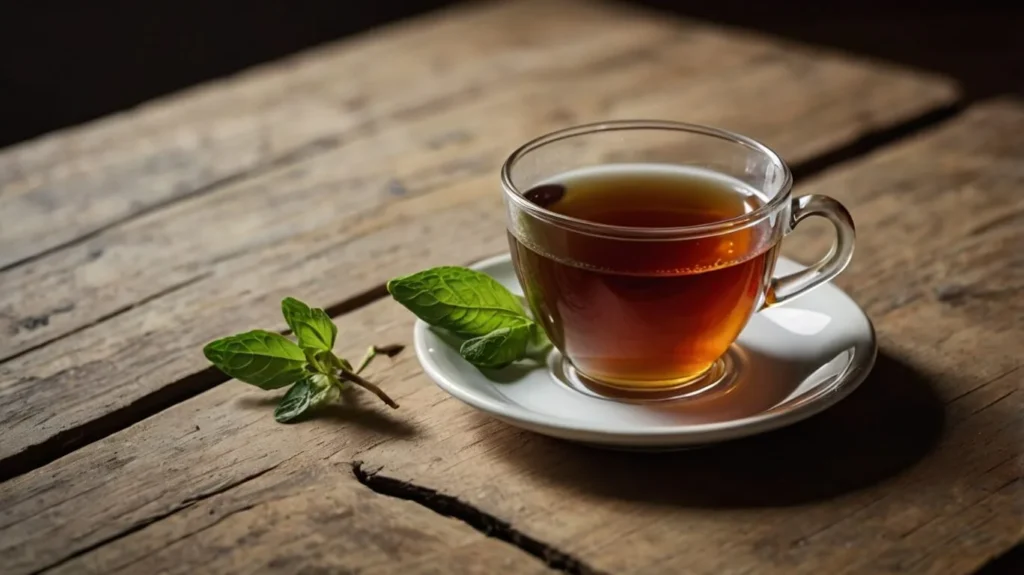

The way you prepare your tea can dramatically influence its final caffeine content. Several factors come into play, with steeping time and water temperature being the most significant variables. Teas that steep for longer periods and in hotter water tend to produce more potent cups with higher caffeine extraction.
A fascinating 2024 study examined optimal conditions for caffeine extraction and found that the best results occurred at 212°F (100°C) for 30 minutes. Under these conditions, researchers extracted 0.089 grams from black tea, 0.06 grams from previously used black tea, 0.08 grams from green tea, and 0.047 grams from previously used green tea. This research demonstrates not only the importance of temperature and time but also shows how reusing tea leaves significantly reduces caffeine content.
For practical daily brewing, most tea enthusiasts use much shorter steeping times, typically ranging from 1 to 5 minutes. Even within this range, extending steeping time from 1 minute to 3 minutes can substantially increase caffeine extraction. This knowledge becomes particularly useful for those who want to customize their caffeine intake based on their personal needs and sensitivity levels.
Understanding Coffee’s Caffeine Profile
Coffee’s caffeine content varies widely based on the bean variety, roast level, and brewing method. An average 8-ounce (237-ml) cup of coffee contains between 90 and 200 milligrams of caffeine, representing a significant range that depends on multiple factors.
One common misconception involves the relationship between roast level and caffeine content. Many people believe that dark-roasted beans contain more caffeine than lighter roasts, but this isn’t necessarily true. The roasting process doesn’t significantly affect caffeine content. However, dark roast coffees are less dense than light roasts, which may lead to using more beans or grounds when measuring by volume, potentially resulting in slightly more caffeine per cup.
Espresso deserves special attention as a concentrated caffeine source. A single shot of espresso contains approximately 127 milligrams of caffeine, making it highly concentrated but typically consumed in smaller quantities than regular coffee. Many specialty coffee drinks like lattes and cappuccinos are made with double shots of espresso, effectively doubling the caffeine content.
The brewing method significantly impacts caffeine extraction in coffee. Hot water extracts more caffeine from coffee beans, which is why traditional hot brewing methods at 195 to 205°F (90 to 96°C) remain popular. Cold-brew coffee presents an interesting alternative, made by soaking ground coffee in cold, filtered water for 8 to 24 hours. This method typically uses 1.5 times more ground coffee than regular hot-water brewing, which can result in a more caffeinated final product despite the lower extraction temperature.
Making the Right Choice for Your Caffeine Sensitivity
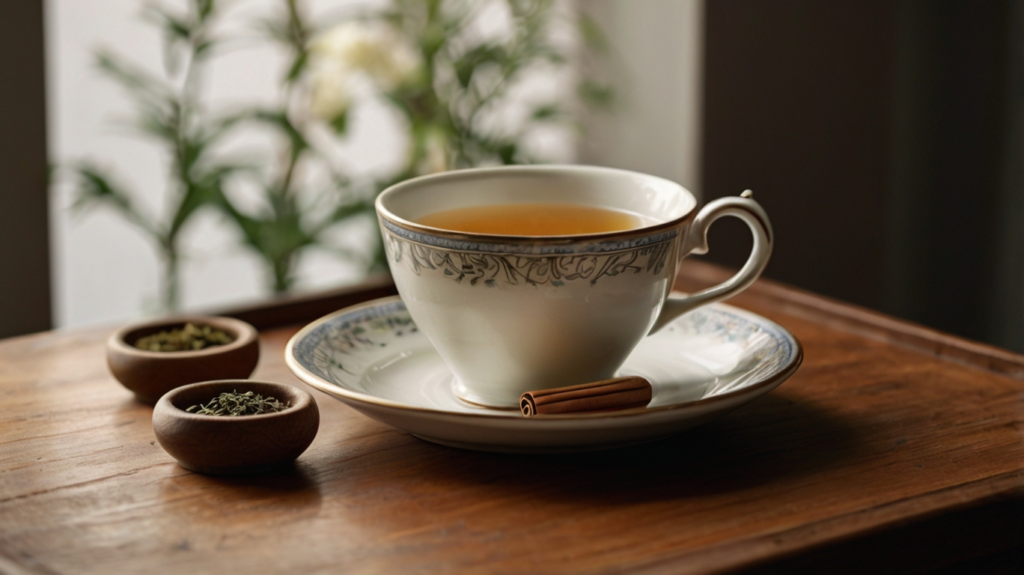

Understanding your personal caffeine sensitivity is crucial for making informed beverage choices. Caffeine acts relatively quickly, usually taking effect within 45 minutes of consumption, and its effects can last for several hours depending on individual metabolism and sensitivity levels.
For individuals who are particularly sensitive to caffeine, several strategies can help manage intake while still enjoying caffeinated beverages. Choosing teas lower in caffeine, such as white or herbal varieties, provides a gentler option. Additionally, brewing high-caffeine teas for shorter durations—perhaps 1 minute instead of 3—can significantly reduce the final caffeine content while still providing flavor and some stimulating effects.
Decaffeinated versions of both tea and coffee offer another excellent option for sensitive individuals. Modern decaffeination processes remove approximately 97% of caffeine while preserving much of the original flavor profile, making these beverages suitable for evening consumption or for those who want to enjoy multiple cups throughout the day.
On the other end of the spectrum, caffeine enthusiasts who enjoy and tolerate higher doses might gravitate toward espresso, cold-brew coffee, and higher-caffeine teas including green and black varieties. However, even those with high caffeine tolerance should adhere to the daily limit of 400 milligrams or 200 milligrams per single dose. This translates to no more than three to five 8-ounce cups of regular coffee daily or eight 1-ounce shots of espresso.
Practical Applications and Daily Management
Successfully managing your caffeine intake requires understanding not just the content of individual beverages but also how they fit into your overall daily consumption pattern. Many people consume caffeine from multiple sources throughout the day, including coffee, tea, chocolate, and even some medications, making it important to track total intake rather than focusing on individual servings.
Timing also plays a crucial role in caffeine management. Consuming caffeine too late in the day can interfere with sleep quality, so many health experts recommend avoiding caffeine at least 6 hours before bedtime. This timing consideration might influence your choice between a high-caffeine coffee in the morning and a lower-caffeine tea in the afternoon.
The preparation method becomes a powerful tool for customizing your caffeine experience. If you enjoy the ritual and flavor of coffee but want to reduce caffeine intake, you might choose a lighter roast, use less coffee grounds, or switch to a blend that includes decaffeinated beans. Similarly, tea lovers can adjust steeping times, water temperatures, and tea varieties to achieve their desired caffeine level.
Conclusion
The relationship between tea and coffee caffeine content is more nuanced than simple comparisons might suggest. While coffee generally contains more caffeine than tea, the specific amount depends heavily on preparation methods, brewing techniques, and individual product characteristics. The way tea and coffee are prepared directly affects their final caffeine content, giving consumers considerable control over their intake.
For those looking to reduce their caffeine consumption, steeping tea for shorter periods and choosing decaffeinated versions represent effective strategies. Meanwhile, individuals who enjoy caffeine’s stimulating effects can safely consume higher amounts, provided they stay within the recommended daily limit of 400 milligrams.
Understanding these differences empowers you to make informed choices that align with your personal preferences, caffeine sensitivity, and health goals. Whether you prefer the bold intensity of coffee or the subtle complexity of tea, knowledge of caffeine content helps you optimize your daily beverage routine for both enjoyment and well-being.
The key lies in finding the right balance for your individual needs, considering factors such as timing, total daily intake, and personal caffeine sensitivity. By understanding the science behind caffeine extraction and the various factors that influence it, you can craft a beverage routine that provides the energy and enjoyment you seek while maintaining healthy consumption patterns.
